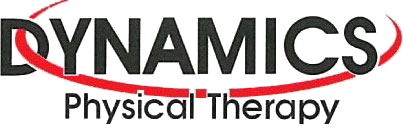Q: I've been newly diagnosed with knee osteoarthritis. I've been on-line all day looking for some sound advice. There's so much out there, I don't know where to start. What do you advise?
A: The American Academy of Orthopedic Surgeons (AAOS) recently published Clinical Practice Guidelines for the nonoperative treatment of knee osteoarthritis. Guidelines like this help all health care professionals treating patients with knee arthritis using noninvasive approaches. Patient education, self-management techniques, physical therapy, and exercise are just a few ways this problem can be approached conservatively.
The 22 guidelines offered are based on an extensive review of published studies on this topic. A panel of 16 orthopedic surgeons, physical therapists, athletic trainers, sports specialists, and research analysts conducted the review of publications. The goal is to help health care practitioners guide patients in finding ways to treat knee arthritis short of having the joint replaced.
These guidelines are recommendations only. Each patient must be evaluated by his or her own physician. Your past history, current symptoms, past treatment and treatment results, and any important individual patient factors will be taken into consideration when planning the best treatment program for you.
Here's what the JAAOS recommends (based on current evidence) for those adults have knee osteoarthritis:
- Walk, don't run. Manage your pain by staying active. Focus on low-impact aerobic fitness exercises (e.g., walking, biking, water aerobics).
- Do joint range-of-motion and flexibility exercises every day to limit stiffness and prevent joint loss of motion. Strengthen your leg muscles, especially the quadriceps muscle along the front of the knee.
- Find a support group, even if it's someone who calls you on the phone each week to see how you are doing and to encourage you to stick with your self-care program.
- Lose weight if your body mass index (BMI) is more than 25. Maintain that weight loss through proper nutrition and regular exercise.
- Taping your knee may be a low cost way to reduce pain and improve function.
- If you have medial compartmental arthritis (affecting just the side of the knee joint closest to the other knee), don't use shoes that have a built-in lateral heel wedge or lateral insoles. In this case, lateral means along the outside edge of the foot or shoe. These shoe adaptations shift the weight on to the medial aspect of the joint and make the problem worse.
A physical therapist can help you set up the right program for you -- one that will start where you are and progressively build strength, motion, and function.Applying these principles consistently (daily) is the key to a successful outcome. Get started and don't stop!
John Richmond, MD (Chair), et al. Treatment of Osteoarthritis of the Knee (Nonarthroplasty). In Journal of the American Academy of Orthopaedic Surgeons. September 2009. Vol. 17. No. 9. Pp. 591-600.


